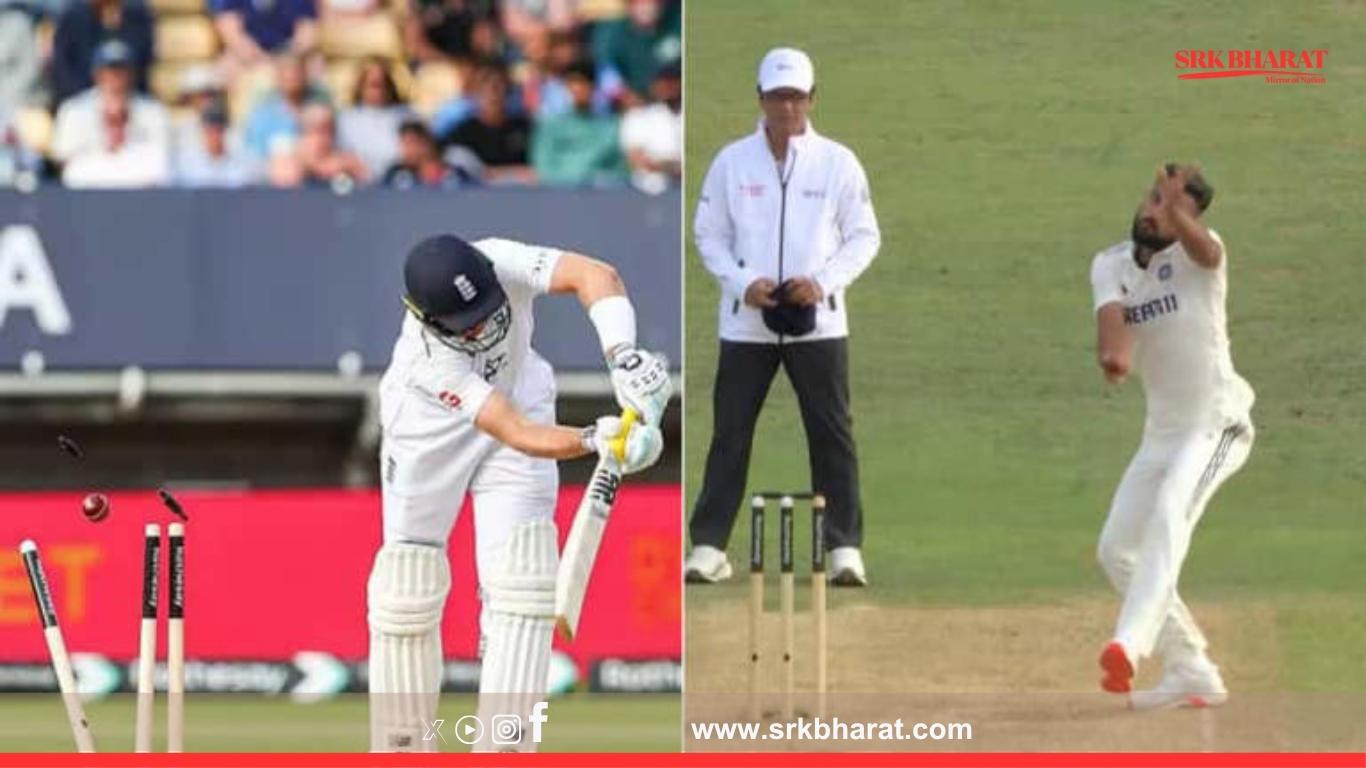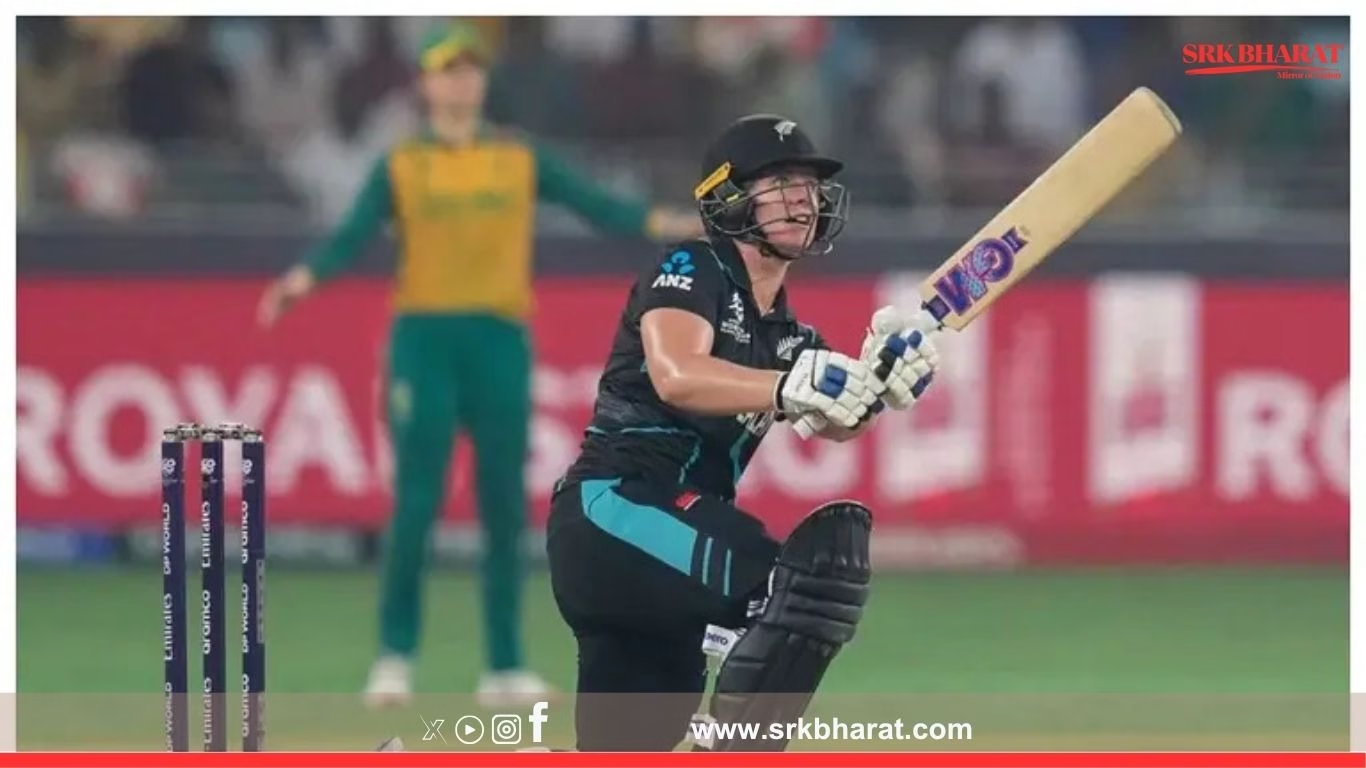In a development that has finally settled a raging debate among fans, players, and analysts, the Marylebone Cricket Club (MCC) has issued a clear clarification regarding the controversial no-ball decision against Indian pacer Akash Deep during the ongoing India vs England Test series, which nullified his dismissal of star England batter Joe Root. The MCC statement has explained the laws underpinning the umpire’s decision, putting an end to days of heated social media discussions.
What Happened During the Match?
The incident occurred on Day 1 of the fifth Test between India and England at Dharamsala when Akash Deep bowled Joe Root with an absolute beauty that crashed into the top of off-stump. The Indian team celebrated emphatically, only for the third umpire to intervene and rule it a no ball due to overstepping, sparking outrage among Indian fans and sparking confusion over the precise technicalities of front foot no-ball rules.
The MCC Clarification
The MCC, custodians of the Laws of Cricket, issued an official explanation via their communication channels:
“Law 21.5 states that the bowler’s front foot, grounded or raised, must land with some part, whether grounded or raised, behind the popping crease. In this case, the television replay clearly showed no part of Akash Deep’s foot behind the crease, making the delivery a fair no-ball call by the umpire.”
This clarification aligns with Law 21.5 – Fair Delivery – the Feet, which specifies that:
- The bowler’s front foot must land with some part (grounded or raised) behind the popping crease.
- If no part is behind the crease when the foot lands, it is deemed a no ball, regardless of how marginal the breach is.
Why Was There Confusion?
Many viewers, including veteran cricketers, believed part of Akash Deep’s heel was hovering above the crease line and hence considered it a fair delivery. However, the MCC emphasised that for it to be legal:
- Part of the foot must be behind the line, not merely over it.
- If the entire foot lands on or beyond the crease without any part behind, it constitutes a no ball.
This technical nuance often goes unnoticed in live viewing, causing polarising opinions in commentary boxes and among fans.
Akash Deep’s Reaction Post-Match
The young Indian fast bowler, playing only his second Test, reacted with admirable composure despite the controversy. Speaking to media after Day 1, he said:
“I thought it was close but the umpire’s decision is final. I am happy I am bowling well and creating chances for my team. These things happen in cricket, you just have to move on quickly.”
His calm approach won praise from team management and senior pacers in the Indian squad, who have backed him to continue bowling aggressively without letting the decision dent his confidence.
Joe Root’s Lucky Escape
England’s former captain Joe Root, who was batting on just 18 runs when the dismissal was overturned, went on to play a crucial knock that stabilised England’s innings after early setbacks. His partnership with Ben Stokes added valuable runs, frustrating the Indian attack for long spells.
Fan Reactions on Social Media
| Reaction Type | Examples |
|---|---|
| Frustration | “That was out, how is that a no ball? Technology is killing the spirit of the game.” |
| Support for Umpire Decision | “Law is law. Foot wasn’t behind the line. Fair call by the third umpire.” |
| Praise for Akash Deep | “Akash Deep bowling with fire. Deserves more wickets. Keep going champ.” |
| Law Confusion | “Can someone explain how it’s a no ball if his heel was above the line?” |
Expert Comments
Former Indian pacer Zaheer Khan, speaking on a cricket broadcast, clarified:
“As per law, some part of the foot must be behind the line. It’s unfortunate for Akash Deep because it was such a brilliant delivery, but the third umpire made the right call technically.”
Michael Vaughan, former England captain, tweeted:
“Great ball from Akash Deep. Right decision though. Margins are tight in cricket.”
How Third Umpire No-Ball Calls Work
| Step | Process |
|---|---|
| 1 | Front foot lands and delivery is bowled. |
| 2 | Technology captures front foot placement in real time. |
| 3 | Third umpire checks if any part of foot is behind the popping crease. |
| 4 | If not, delivery is called a no ball. |
| 5 | On-field umpire signals the no ball to the bowler and batter. |
The ICC introduced automated front foot no ball technology to reduce human error, but such incidents show that precise interpretation of laws remains critical even with advanced systems.
MCC’s Final Word: Law Reinforced
The MCC’s clarification reinforced that:
- No ball calls are based purely on the position of the foot landing behind the crease, not merely on or above it.
- The rule exists to ensure fair advantage to batters, as overstepping reduces their reaction time and alters bowler’s effective release position.
- The third umpire’s accuracy ensures consistency, even if marginal calls disappoint bowlers and fans.
Future Implications
| Impact Area | Implication |
|---|---|
| Bowlers | Need to ensure clear margin behind the crease to avoid such dismissals being overturned. |
| Umpiring Standards | Upholds confidence in third umpire technology and its correct application of laws. |
| Fan Understanding | Educates viewers about technicalities of cricket’s complex rules. |
| Young Players | Emphasises importance of bowling discipline alongside skill execution. |
The Road Ahead for Akash Deep
Despite the disappointment, Akash Deep’s performance has strengthened his case for long-term selection. With impressive pace, seam movement, and composure under pressure, he has earned accolades from:
- Bowling coach Paras Mhambrey for consistent lengths.
- Captain Rohit Sharma for his aggressive approach and team-first mindset.
Conclusion
The MCC’s clarification on Akash Deep’s no-ball that dismissed Joe Root has laid to rest a controversy that gripped cricket conversations over the past week. While the incident underlines cricket’s unforgiving fine margins, it also reaffirms the game’s commitment to precision, fairness, and the spirit of competition.
Disclaimer: This news content is intended solely for informational and analytical purposes. It does not constitute professional coaching, legal interpretation of cricket laws, or strategic advice.











